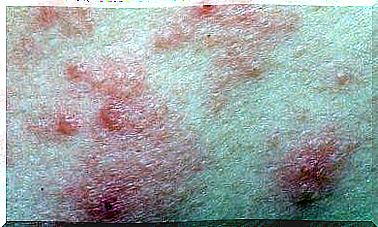Tips For Preventing Skin Diseases
Symptoms such as redness, swelling, burning and itching are evidence of a dermatological pathology. We inform you about the most famous skin diseases and how to prevent them.
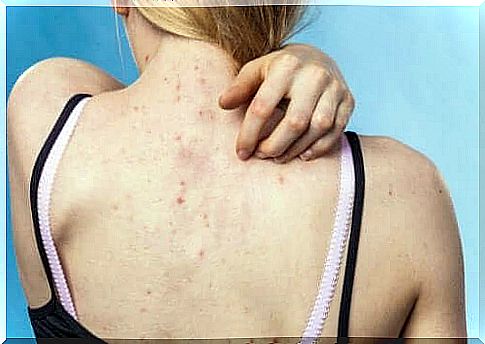
The skin is the only organ in the human body to go through such a large number of changes. This is because the dermis, which serves as a “border” to the human body, is influenced by many internal and external factors. Read on to learn some useful tips for preventing skin diseases!
What are the common skin diseases?
The skin is the largest organ in the body, it covers and protects it. As stated in a publication of the MSD Manual, it performs the following functions:
- Maintain bodily fluids in the body, so as to prevent dehydration.
- Protect the body from bacteria and viruses that can cause infections.
- Through touch, help perceive the outside world (feel cold, hot, humid or dry air).
- Regulate body temperature.
- Synthesize vitamin D with the sun.
Any irritation, blockage or inflammation of the skin can cause symptoms such as redness, swelling, burning and itching. If these signs appear, we recommend that you consult a dermatologist for treatment. But is it possible to prevent these problems?
Tips for preventing certain skin diseases
In some cases, pain or discomfort are the first signs of the onset of skin disease; these symptoms indicate a problem, even if you cannot see anything with the naked eye. Let’s take a look at how to spot common skin diseases and how to control them.
Rashes
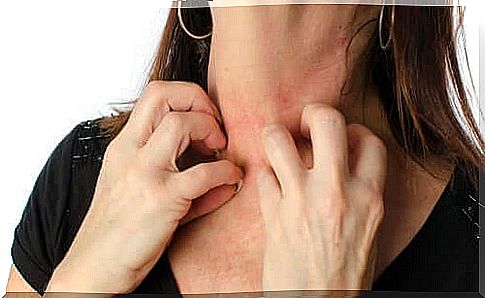
The rashes are red, itchy and sometimes even painful. Likewise, these can be accompanied by acne or redness.
Rashes are a symptom of many different clinical cases. This is why their method of prevention will be linked to the cause which generates them ; to determine this, we recommend that you consult a dermatologist.
For example, if it is due to an allergic reaction, the best way will be to avoid coming into contact with the food or substance that causes it. Thus, if the rash is due to the material of a garment, it will be necessary to stop wearing it, while if it is part of the side effects of a drug, it will be preferable to stop the treatment.
When it comes to treatment, there are several ways to control a rash, depending on how severe it is. The most commonly used drugs are cortisone creams – which relieve inflammation – and antihistamines. Of course, they must be prescribed by specialists.
Sun allergy
As the Mayo Clinic publication clarifies, this term encompasses various skin diseases such as polymorphic light rash, solar urticaria, actinic prurigo or porphyria.
When exposed to the sun, some people develop redness or pimples on the face, neck and arms. If this happens, it is necessary to consult a dermatologist to rule out any suspicion of more serious diseases.
With regard to the means of prevention, it is a question of minimizing exposure to the sun’s rays. The Spanish association Asociación Española de Medicamentos y Productos Sanitarios recommends the following:
- Avoid exposure between noon and 16h.
- Wear a hat.
- Do not expose yourself to the sun when the allergy begins to appear.
- Cover the affected areas.
- Use special sunscreen for sun allergy.
Sun spots or melasma
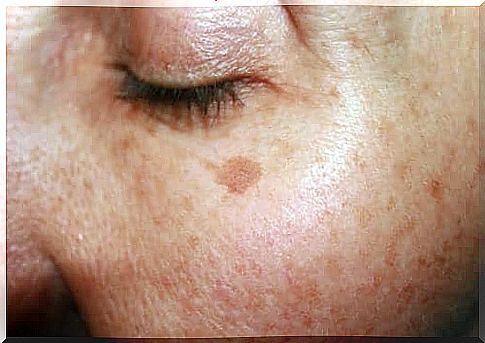
Changes in skin pigmentation, called melasmas, increase in summer with exposure to the sun. Here are tips from the experts to prevent them:
- Reduce the sun exposure of the mustache, cheek and forehead area, as these are the most affected areas. In addition to irritation, new spots may appear or existing ones may spread.
- Use sun protection, in addition to wearing a cap or hat, sunglasses and stay in shady places.
- Apply sunscreen 20 to 30 minutes before sun exposure and repeat every two hours to maintain the protective effect.
- Remove irritating cosmetics because some can react with the sun and produce inflammatory reactions. Consult a dermatologist before starting to use any skin product.
Athlete’s foot
This skin condition is a fungal infection that affects the feet, especially in the interdigital space, that is, the area between the toes. In this case, specialists advise:
- Dry your feet well after washing them, especially between the toes.
- Change socks and shoes every day.
- Do not put your feet in hot water for too long, as this facilitates the penetration of the yeast infection.
- Avoid walking barefoot around swimming pools and public showers.
- Moisturize your feet every day.
When it comes to treating athlete’s foot, using an antifungal cream for a few days may be sufficient. On the other hand, an antiseptic foot bath – prescribed by the doctor – at the end of the day can be a good prevention method.
Spots on the shoulders or tinea versicolor
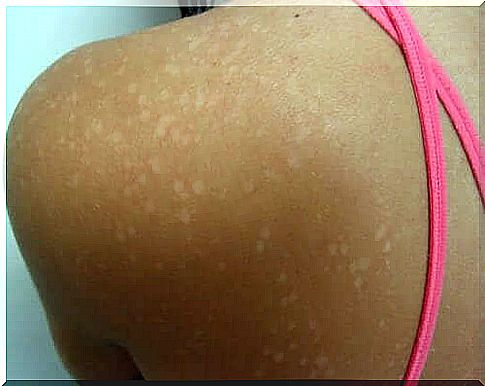
This is another type of fungal infection that, according to a medical trade publication, affects young adults more. It is characterized by the appearance of well-defined round dark brown or pinkish-white spots covered with scales on the thorax and extremities.
Here are the recommendations to reduce the risk of suffering from this disease:
- Take precautions against sweat, sebum and high temperatures, these constituting an optimal environment for the development of the fungus.
- In summer, avoid tight, poorly breathable clothing.
- Wash away excess sebum and sweat with a mild cleansing lotion.
- In spring and summer, take medication against tinea versicolor as directed by the dermatologist. These can be in the form of soaps or shampoos; their use can prevent recurrence.
- Using an anti-fungal cream may be enough to cure this condition, although the more resistant forms require oral medication.
Daily habits to prevent skin diseases
In conclusion, we can say that the prevention of the most frequent skin diseases is strongly linked to the hygiene habits of each person. For example, keeping the skin dry is a fundamental issue.
Thus, one should be careful about foods and products that can cause allergic reactions. You can immediately see when something does not “like” the body, and the skin is often the organ through which it manifests itself. It is about having good hygiene, being attentive and seeing a doctor if necessary.





